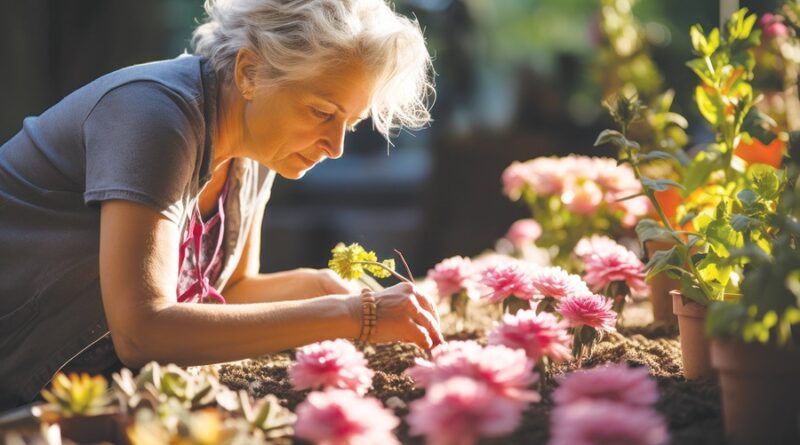Your Garden is a Universe
Carla Christian
TIS THE SEASON TO GET IN THE GARDEN! In recent years, home gardeners have become as interested in creating biodiversity as in beauty and fresh food.
The OSU Garden Ecology Lab has been working to support this trend by researching sustainable gardening practices in small spaces typical of home gardens. Formed in 2016, the Corvallis lab is the only resource of its kind in the nation.
Lab founder Dr. Gail Langellotto, Professor of Horticulture at OSU, says gardens are fantastic spaces for biodiversity and conservation. Simply planting and tending a garden can draw multiple species thanks to the diversity of plants. This is especially meaningful in urban and suburban areas, as these are normally associated with loss of species.
A city kid herself, Langellotto didn’t have many chances to interact with nature. When she learned in her studies of science and ecology that cities are bad for biodiversity, she was inspired to work to support nature and cities as she loves them both.
Her Aha moment came when she heard in a university talk that, “cities have people and people have gardens and gardens have flowers and bees love flowers, and it’s actually the exception to the rule of ‘cities = bad for biodiversity.’”
“The true mechanism of garden spaces is that we have an opportunity to conserve biodiversity,” Langellotto says. “Being able to have these natural world experiences and accessible spaces in cities and suburbs is personally gratifying to me.”
At the Lab, faculty and students research topics ranging from bees to plant diversity. They share their findings through the Master Gardener Program and published summaries explaining research in simple steps anyone can put to work in their own garden.
One summary, “How to Buy a Native Plant,” came after the Lab group had set out to buy 30+ different species of native plants. While shopping at plant sales and local nurseries, they realized how confusing it was to buy native plants.
“It’s hard to decipher everything you see on a plant tag, especially if you’re not a botanist or you’re not into botanical nomenclature,” says Langellotto.
A plant may be a human-cultivated variety of a native plant (called a cultivar), or it may be a variety local to another area, Langellotto explains. “North American natives” just means it’s native to someplace on our continent, and native seed mixes may include the wild type as well as cultivars. Understanding plant tags helps you know what you’re buying.
Another summary, “Supporting Diverse Bees with Native Plants,” explores native plants that support robust bee communities. Using common lavender as a baseline, the Lab compared the diversity of bee species that visited 10 native plants. The top three flowers for bees — Douglas Aster, Farewell to Spring, and California Poppy — are perennial classics in many gardens.
Interestingly, the Lab found many home gardeners add more nutrients to the soil through compost than is needed. While commercial growers with massive acreages would be thrilled to reach the recommended target of 3-6 percent, researchers found that enthusiastic composters created up to 40 percent organic matter in their beds.
These excess nutrients build up over time, diminishing plant health and running off into local waterways, harming aquatic life.
Northwest gardeners bemoan heavy clay soils, but Langellotto is enthusiastic about their properties. Clay soil holds water and nutrients well and is even being studied at OSU for dry vegetable farming without irrigation.
“If you can learn to love our local soils, they really do have the fabulous characteristics of holding onto water, holding onto nutrients. It’s less you have to do,” she enthuses.
Doing less is better in other ways, too.
“The less we manage the garden, the less we prune, the less we rake, the less we use pesticides and herbicides,” Langellotto says, “the better. Taking a lighter hand in the garden is good for us because it’s less we have to do and it’s good for local biodiversity as well.”
The Garden Ecology Lab does much of its research in people’s gardens and yards. Willamette Valley gardeners — including anyone interested in welcoming study in their own yard or garden — can learn more at gardenecology.oregonstate.edu. Check out the site’s blog — you’ll find lots of great info and resources.
Carla Christian is passionate about telling stories that build businesses, brands and communities.

